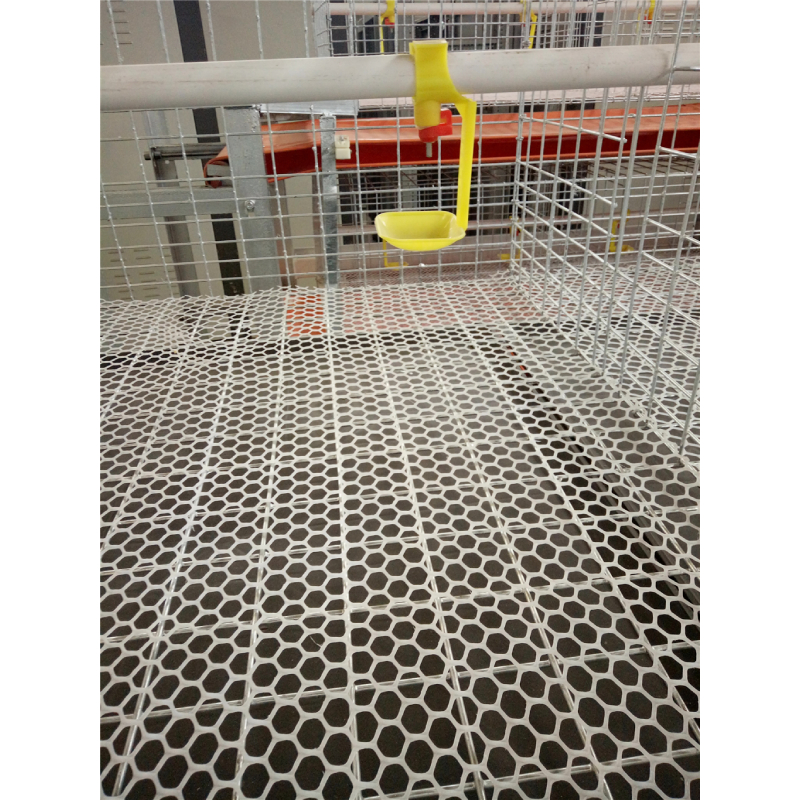The Future of Poultry Farming Embracing Cage-Free Systems for Healthier Chickens and Sustainable Practices
Aug . 13, 2024 01:04 Back to list
The Future of Poultry Farming Embracing Cage-Free Systems for Healthier Chickens and Sustainable Practices
Cage Layer Chickens The Dynamics of Egg Production
Cage layer chickens, or laying hens raised in battery cages, have been a significant part of poultry farming for decades. This method of raising chickens is primarily focused on maximizing egg production while minimizing labor and space requirements. Though efficient, the ethics and welfare implications associated with cage layer systems have sparked significant debate among animal rights advocates, farmers, and consumers alike.
Cage Layer Chickens The Dynamics of Egg Production
However, the confinement inherent in cage layer systems raises serious ethical concerns. Critics argue that these environments do not allow chickens to exhibit natural behaviors essential for their well-being. Hens in battery cages often lack the space to stretch their wings, scratch the ground, or engage in social interactions. Such conditions can lead to stress, behavioral issues, and health problems, sparking widespread protests and calls for reform.
cage layer chicken

In response to growing consumer awareness and preference for more humane treatment of animals, many countries and regions have started to legislate against battery cage systems. For example, the European Union has implemented strict regulations, mandating enriched cages that offer hens slightly more space and amenities such as nesting boxes and perches. Similarly, some states in the U.S. have passed laws to phase out traditional battery cages, driving the industry toward more humane alternatives.
As the demand for ethically produced eggs rises, alternative farming practices have gained traction. Free-range and cage-free systems provide hens with more space to roam and access to outdoor environments. While these systems typically yield fewer eggs than traditional cage setups, they align more closely with consumer desires for humane treatment of animals. Farm-to-table movements and local egg production also contribute to the shift away from mass-produced cage layer systems, allowing consumers to support ethical farming practices directly.
The transition away from cage layer systems poses challenges, especially for large-scale producers. Adapting facilities, retraining staff, and managing flock health in more extensive space arrangements require significant investment and planning. Nevertheless, many farmers view this shift as a necessary evolution in the industry that can enhance sustainability while responding to ethical consumerism.
In conclusion, cage layer chickens represent a complex intersection of efficiency, ethics, and consumer demand. While traditional battery cage systems have facilitated large-scale egg production, the associated welfare issues have prompted critical reflection and change within the poultry industry. As demand grows for more humane practices, the future of egg production may continue to evolve toward systems that respect animal welfare without compromising the efficiency and sustainability necessary to feed a growing population. In this age of conscious consumerism, the journey of cage layer chickens serves as a poignant reminder of the delicate balance between agriculture, ethics, and the responsibility we hold in our food choices.
-
Automatic Feeding Line System - Anping Yize|Poultry Efficiency&Durability
NewsJul.29,2025
-
Automatic Feeding Line System-Anping County Yize Metal Products Co., Ltd.|Durable PP Material&Easy Maintenance
NewsJul.29,2025
-
Automatic Feeding Line System-Pan Feeder Nipple Drinker|Anping County Yize Metal Products Co., Ltd.
NewsJul.29,2025
-
Hot Sale 24 & 18 Door Rabbit Cages - Premium Breeding Solutions
NewsJul.25,2025
-
Automatic Feeding Line System Pan Feeder Nipple Drinker - Anping County Yize Metal Products Co., Ltd.
NewsJul.21,2025
-
Automatic Feeding Line System Pan Feeder Nipple Drinker - Anping County Yize Metal Products Co., Ltd.
NewsJul.21,2025






